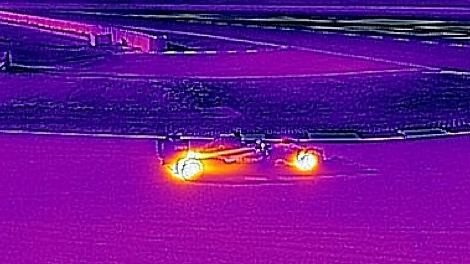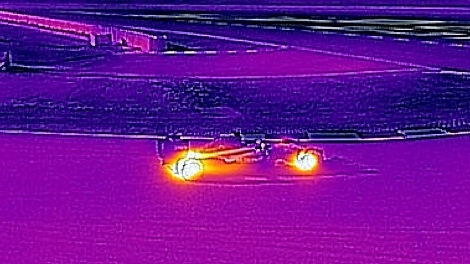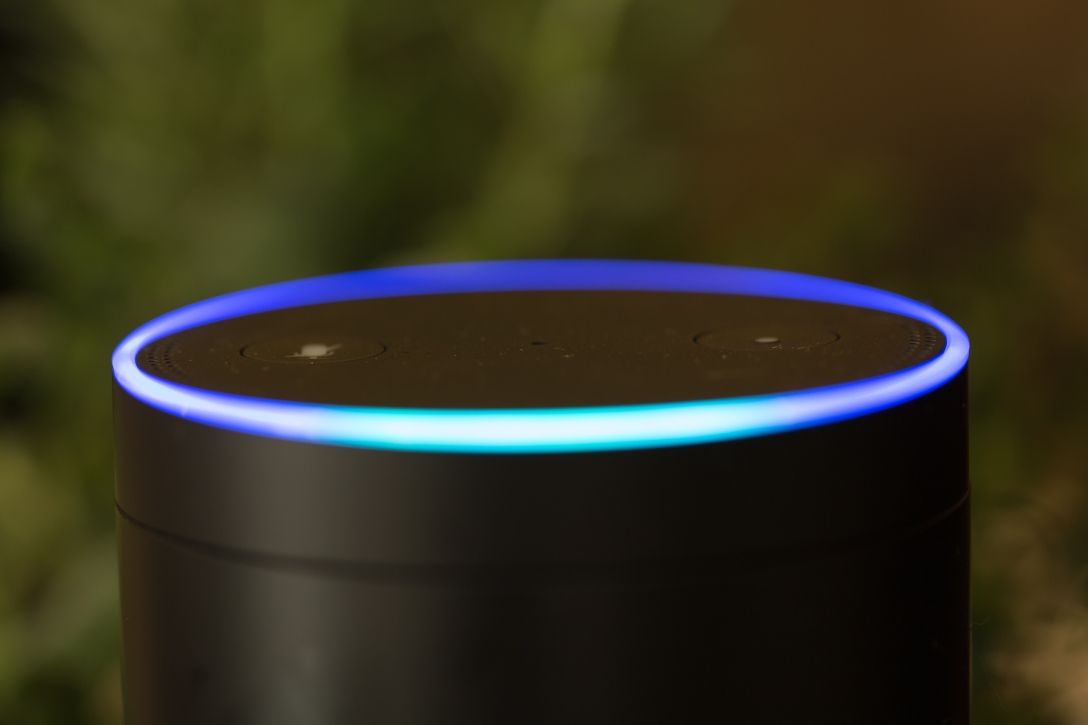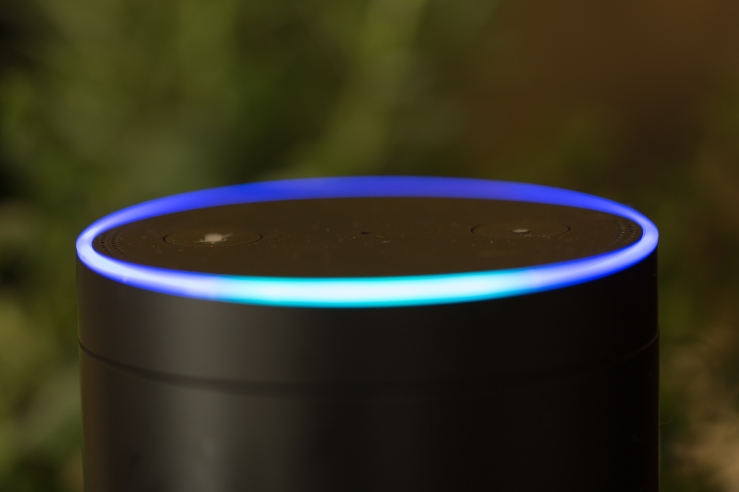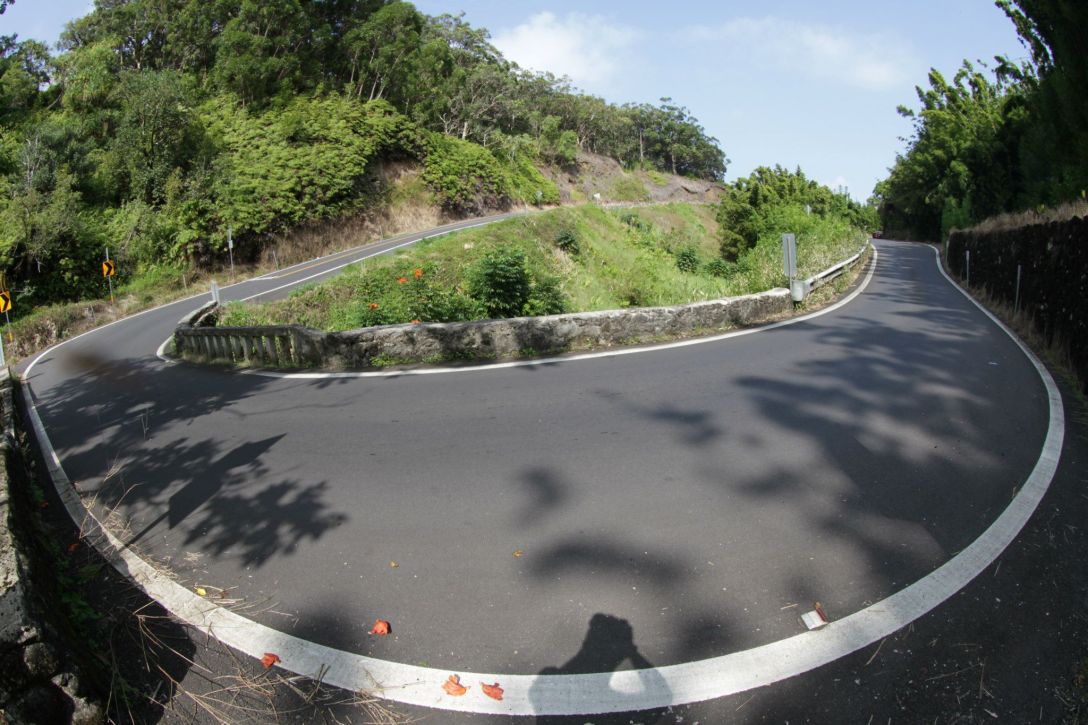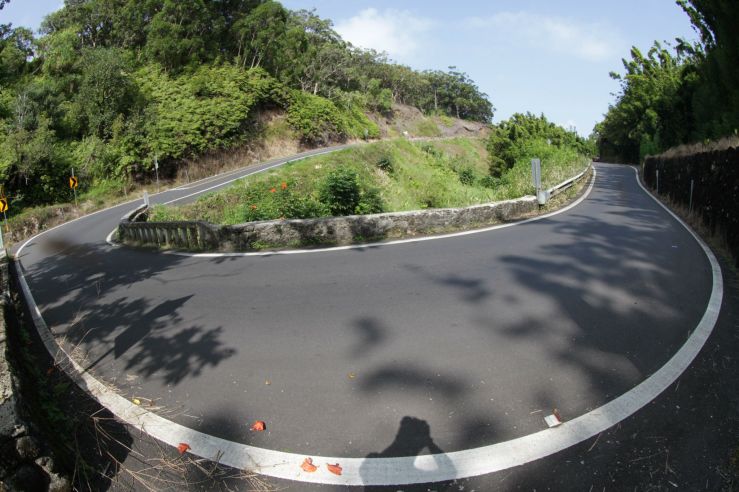This post was originally posted on the Ericsson career blog on February 12, 2018. Photo by iStock.
International business trips are one of the main advantages of working for a large global corporation. You get exposed to different cultures and meet exciting people. This blogpost is about cultural learnings gained during 3 very special business trips.

Evaluating a partner in Taiwan: Long-term goals vs. quarterly targets
We had established a partnership with a new Taiwanese manufacturer and wanted to reach a deeper relationship and better understanding of their business model. Going into the meeting, I was concerned about their margins and long-term viability as a company
Over dinner with the founder, the business concept was laid out for me. Their plan was to figure out where the next business park would be built and buy a big, adjoining lot. Then, find a business with high growth potential. Build a small manufacturing plant in the middle of that lot and expand the factory as the business grows. By the time their factory occupied the whole lot, it would be time to exit and cash in on the combined value of the business and real estate. He argued that if you apply the concept twice in your life, you will be rich.
From this, I learned how long-term horizons can produce very different strategies than quarterly targets. A business has a choice to drive the biggest value from either assets sales at the end or a steady flow of margins along the road.

Promoting Broadband in Greece: understanding cultural differences
One year we were running week-long global roadshows to promote fixed broadband at a time when Greece had lower Broadband penetration rates than the rest of Europe. There were 33 countries to be covered in 6 months by 3 teams. Armed with insights from previous trips, I got on stage in front of an audience in Greece.
Three minutes into my speech, someone in the audience asked me to stop. He stood up a central reflection and said, “You need to understand how life works in Greece. We wake up late in the morning. Family owned businesses dominate our economy. We take a long lunch in the early afternoon. After lunch, we realize we have a lot of work to do to bring home the daily revenues. So, we end up working late. On top of that we are social and go out and eat with friends and family in the evenings. Now tell me when you think we shall be surfing on the Internet.”
The whole audience was laughing. I had to redirect my whole speech on the fly. From this, I learnt to always prioritize the importance of understanding cultural differences before meeting customers.

Influencing a purchasing decision in Mexico
I speak Spanish, which has made me a go to person for dealing with Latin American customers in different management teams. In this case, it was for influencing a large purchasing decision where the customer faced a choice between two different architectures. I arrived after a long intercontinental flight to a preparation meeting the night before the big meeting.
The meeting started at 9 in the morning and lasted for 4 hours. It was hard for me to read the impact we made, but my colleagues looked satisfied. The long lunch with the customer included an afternoon Tequila. At 5pm I was ready to go to bed, but we were called back in by the customer for an evening session starting at 7pm. This time, the meeting would be conducted with a more senior audience and all presentations would be made in Spanish, well beyond my comfort zone.
When we were done, I got credit for having embraced our customers’ way of doing business and for getting points across almost right in Spanish rather than perfect in English. From this, I learnt to always embrace the local customs as far as you can. And, push yourself rather than your customer to close remaining gaps. It pays off in the end.
Cultural skills you can leverage in business
I would suggest three areas to consider as cultural pillars when pursuing a global career:
- Aspire to develop a high cultural bandwidth – with social flexibility when managing different cultures than your native one.
- Learn an additional language from what your learnt in school – it is never too late to pick up a new language, at least at a conversational level.
- Embrace what you find to be better in other cultures. Start with open eyes and be open to finding better ways than what you are used to



